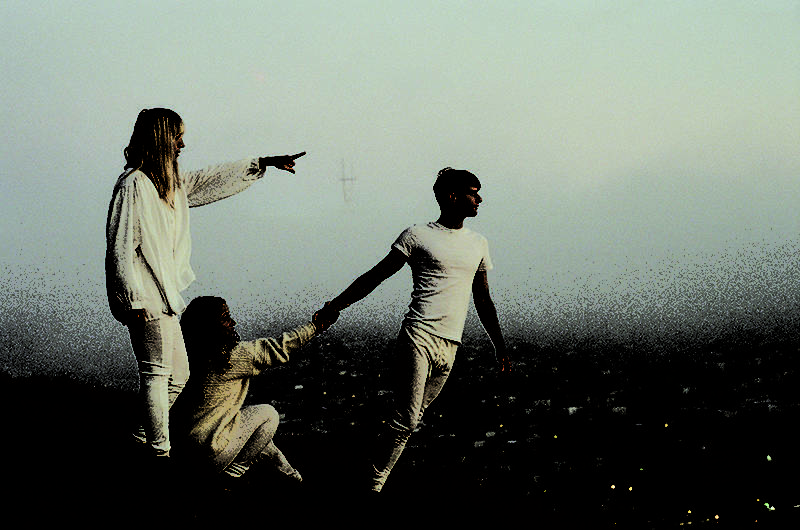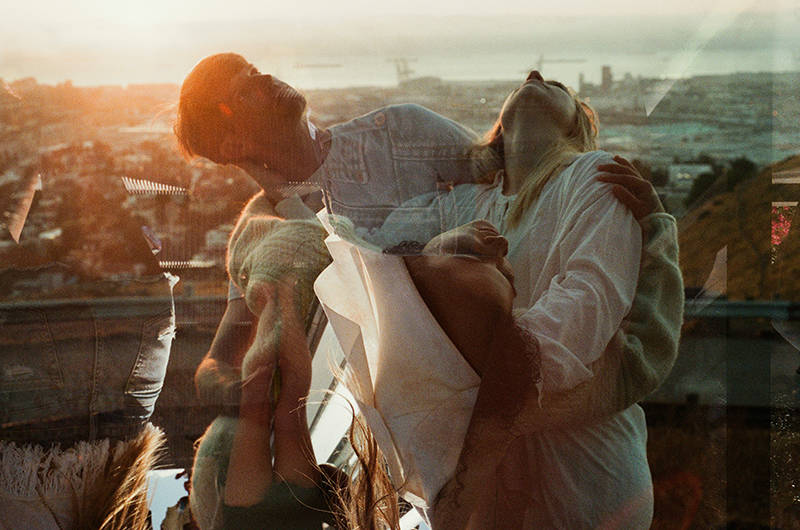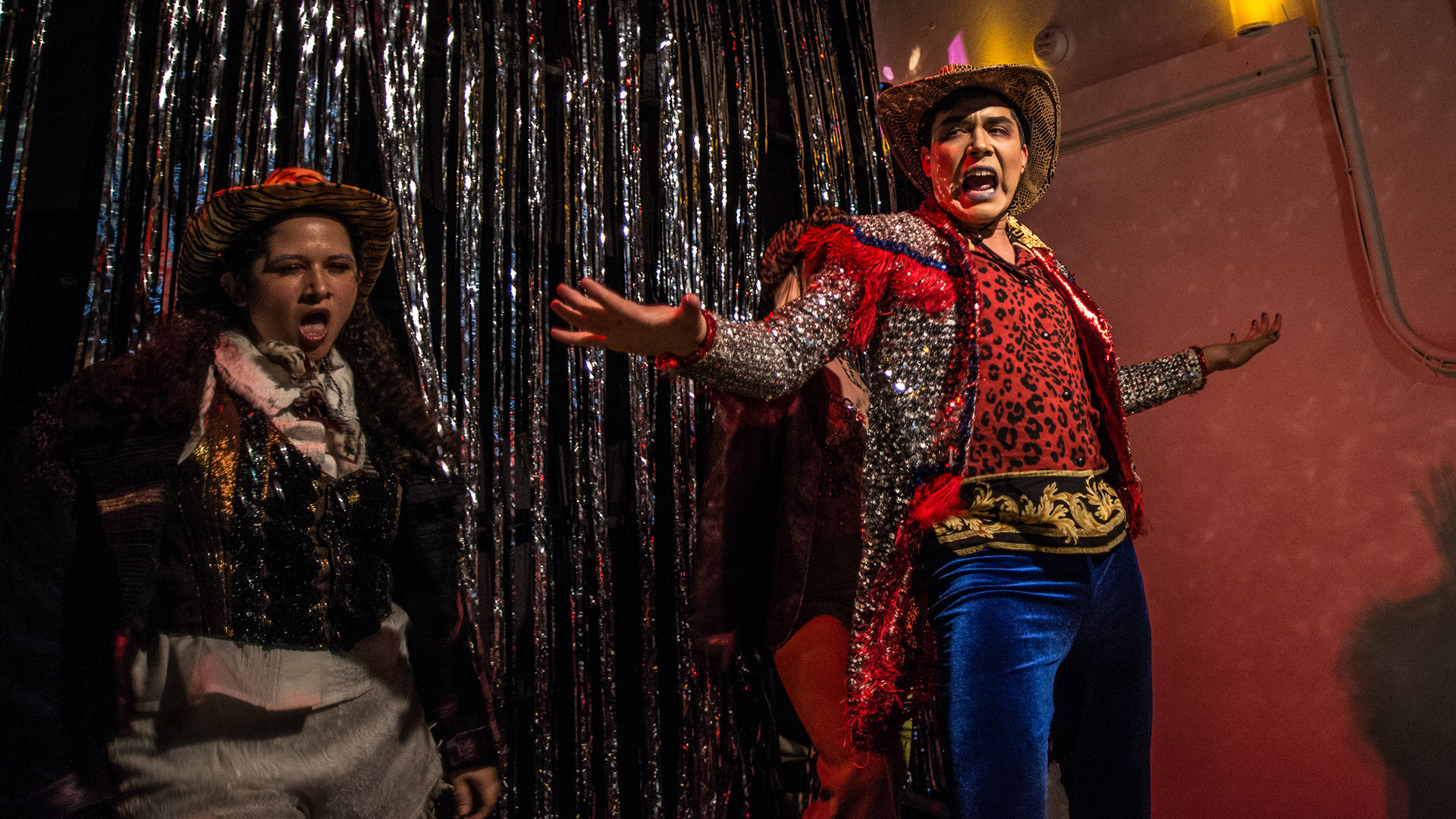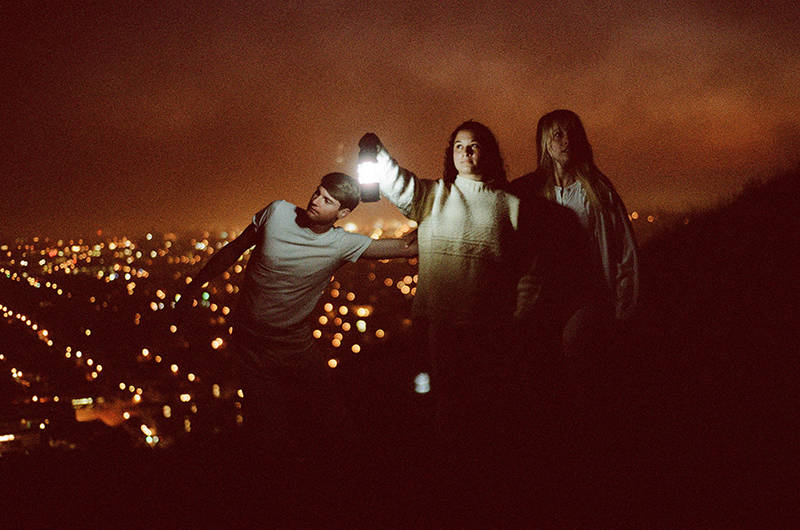Fugue, the latest offering from Detour Dance, asks a lot of its audience. Without knowing where they’re going or why, participants are asked to choose a new name and prepare for a journey to a “new city” before walking almost a mile through San Francisco’s Mission district — all as part of the show.
With its rare format, the interactive, traveling performance piece — which runs through Dec. 10 — focuses on the oft-discussed topics of development and cultural loss amid San Francisco’s rapid influx of tech-industry wealth. The project takes inspiration from the real-life stories of local residents affected by gentrification. But rather than translating their stories for a static audience, Detour Dance directors Kat Cole and Eric Garcia want audience members to explore the Mission — a space of active turnover — while experiencing a dynamic performance that includes movement and dialogue.
“[Fugue] started initially with us just doing research on the GLBT Historical Society, trying to see what narratives existed before us in terms of queer communities,” says Cole. “We knew it was going to be site-specific and were also looking at the Mission district in particular. So we just started our research there out of this personal quest to know what history was, wanting to answer questions for ourselves about queer elders and communities.”

Cole and Garcia’s research culminated in a portrayal of a “new city” that’s simultaneously utopian and nostalgic — a vibrant place filled with queer artists and culture-makers of color that no longer feels like the San Francisco of today. Both directors have backgrounds in social justice-focused dance, and Fugue became their opportunity to preserve the stories of those being priced out of San Francisco.
“What we’ve constructed [in Fugue] is built upon the narratives of these queer folks of color, trans women, and sex workers. It’s a city that’s made by the people that are getting pushed out of the city,” Garcia explains. “That feels like a really key point to what the [‘new city’] is — it’s not that those communities or anyone not in those communities can’t come. It’s just that it’s a space we’re going to because San Francisco doesn’t want us anymore.”

Even though Fugue centers on the Mission as an active site of gentrification, it also aims to inspire participants to see potential for new experiences and creative possibilities in a familiar space. Ultimately, Cole and Garcia hope the piece’s novel format will encourage audience members to be open to encounters they otherwise might not have — and to walk away with the knowledge that, maybe, they can create the community missing from their San Francisco.




